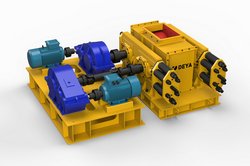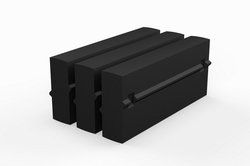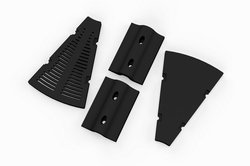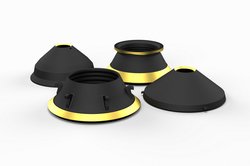HP cone crusher regular maintenance and inspection
Introduction
The best way to keep a HP cone crusher in good working order after it has been installed and brought into service to carry out regular inspections.
We recommend inspecting the HP cone crusher at regular intervals and maintenance work be carried out in good time. T
he requisite inspections and intervals at which they should be carried out are listed as follows. They are only given as a rough guide, only the operator can determine whether they need carrying out more or less often.
The type of material being processed, the climate and operating conditions are key factors in determining inspection intervals.
Keep the HP cone crusher clean and painted. A clean machine is easier to service and depreciates more slowly than a neglected one.
Inspection intervals vary according to conditions of use and applications. Only experience can dictate them.
Daily inspection & maintenance of HP cone crusher
1. Check the oil level in the tank.
2. Check the temperature at the inlet and exit of the HP cone crusher.
• Inlet 38℃ to 54℃
• Return temperature: +0℃ to 5℃ without cooling tower, +0 ℃to 8℃ with cooling tower
3. Check pressure at the countershaft housing. Normal range 1.4 - 2.8 Bars (20-40 PSI)
4. Check input power or current requirement.
5. Check setting at cavity outlet.
6. Check support pressure.
7. Check locking pressure. Normal range 165 - 193 Bars (2,400 - 2,800 PSI)
8. Check feed, distribution and level.
9. Check the HP cone crusher’s discharge area and accumulation on the arms.
10. Check the imbalance liner
11. Check the time countershaft takes to stop. Normal range 30-60 seconds
12. Check connections and clamps.
13. Check for unusual sounds, signs of wear or excessive strain.
14. Liner and mantle worn out, check their condition at regular intervals.
15. Check the adjustment ring for bounce. Correct operation when loaded, no bounce.
16. Check return oil flow in the tank and the pump outlet filter.
Weekly inspection & maintenance of HP cone crusher
1. Clean or replace the countershaft housing breathers and those of the tank.
2. Check the oil circuits (for leaks).
3. Check the liner, mantle and cone feed plate for wear.
4. Lubricate the adjustment ring threads with the bowl released then lock the bowl and lubricate them.
5. Check the return filter in the tank.
6. Check that there is no bouncing.
7. Check the tension and condition of the belts.
8. Make sure there are no oil leaks.
9. Check the bullwheel (break, and tightness on shaft).
10. Check that the feeder cone screws are tight.
11. Check the alarm indicators on the electrical cabinet are in good condition.
12. Check the guards of the arms, imbalance, head and the state of wear of the frame span plating.
13. Check the oil level in the tank.
14. Check the oil inlet and outlet oil temperatures.
15. Check the oil pressure at the countershaft.
16. Check the HP cone crusher's adjustment and wear of the bowl liner and mantle.
17. Check the power or electric current requirement for the HP cone crusher.
18. Check that no suspicious noise is emitted, nor any unusual vibrations.
Monthly inspection & maintenance or per 200 hours
1. Check the pre-load of the accumulators and top up with nitrogen if necessary.
2. Check that the adjustment mechanism pinion cog is properly engaged in the cogwheel.
3. Test all alarms, warning lights and lubricating and hydraulic devices (pressure switch, temperature, thermostats).
4. Unlock the bowl and rotate it in one direction then in the other.
5. Change the lubricating oil. Change if necessary.
6. Analyse the lubricating oil if in doubt.
7. Check the countershaft’s axial clearance.
8. Check the guards of the arms, imbalance, head and the state of wear of the frame span.
Annual inspection and maintenance or per 2000 hours
1. Dismantle the HP cone crusher completely to check the wear of all rings (head, eccentric, bearing and the surfaces of the pinion and crown).
2. Inspect the frame, head and bowl (check for any fatigues cracks).
3. Check the state of couplings, supports, pipes.
4. Check the state of wear of the head ball.
5. Check the state of wear of the pinion and crown.
6. Change the gear motor oil.
Changing bowl liner and mantle, checks & maintenance
1. Inspect the bowl liner and mantle, the bowl's spans and the head.
2. Grind down any defects on the spans (if necessary).
3. Inspect the head bushing, head ball, bearing, eccentric ring and seals.
4. Check the locking nut and the feeder cone (wear). Replace if necessary.
5. Check the guards of the frame's arms, countershaft and frame span.
6. Inspect the threads of the bowl, adjusting and locking ring.
7. Inspect the hydraulics hoses (leaks).
8. Check the bowl liner's wedge locks and screws.
9. Check the tightness of the imbalance bolts on the eccentric.
10. Check the imbalance liner.
Important notices
1. HP cone crusher feeding
The product must be correctly distributed all around the HP cone crusher cavity, both in terms of level and of grading.
Advantages: maximum throughput, better shape, uniform wear of the bowl liner and mantle.
The first setting determined by the desired size of the end product is not necessarily the best for maximum yield. That depends on the characteristics of the material to be crushed, the motor’s absorbed power and the ring’s bounce. We recommend you change settings gradually to find the best compromise between throughput and yield.
2. HP cone crusher input power
Run the HP cone crusher at 75 to 95% of total average power without ring bounce.
Advantages: Longer service life for the HP cone crusher, higher yield.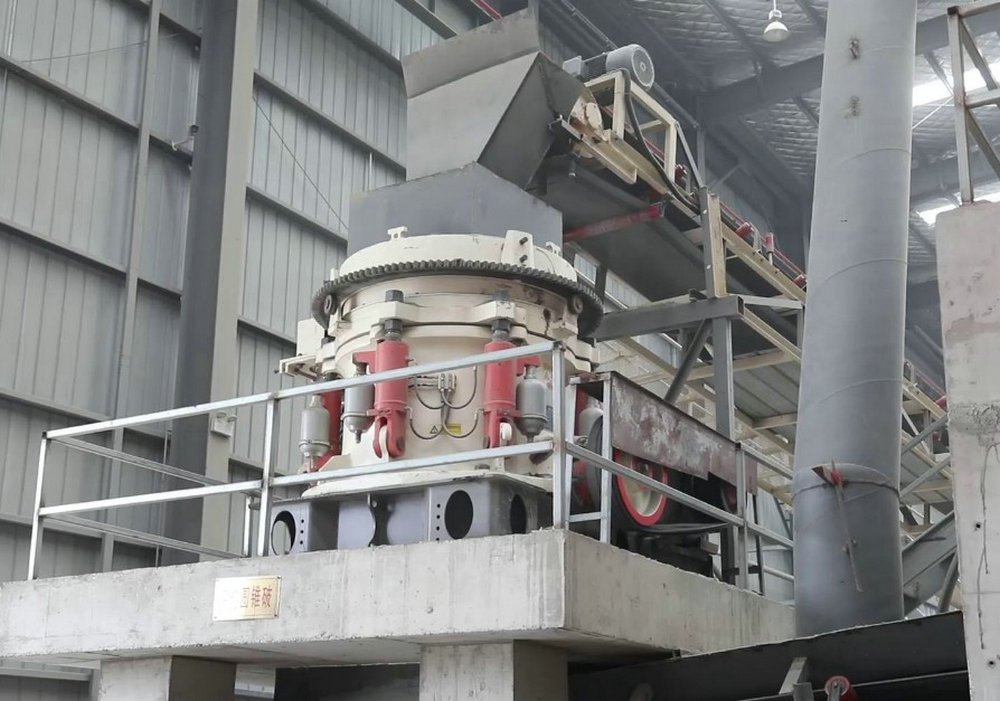
Related contents
How to clear the crushing cavity of the HP cone crusher
Comprehensive guidelines for a new installed HP cone crusher initial operation

